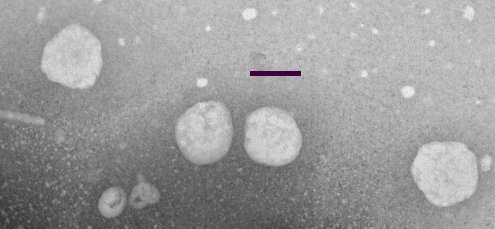Virus-like particles produced in plants as potential vaccines
See on Scoop.it – Virology and Bioinformatics from Virology.ca
Virus-like particles (VLPs) have been produced as candidate vaccines in plants virtually since the introduction of biofarming. Even today, VLPs remain the best candidates for safe, immunogenic, efficacious and inexpensive vaccines. Well-characterized human animal viruses such as HBV, HCV, HIV and HPV, rotaviruses, norovirus, foot and mouth disease viruses and even influenza virus proteins have all been successfully investigated for VLP formation. Proteins have been produced in transgenic plants and via transient expression techniques; simple structures, structures depending on more than one protein, naked and enveloped particles have all been made. There have been multiple proofs of concept, more than a few proofs of efficacy, and several products moved into human trials. This review will cover the history of VLP production in plants, and will explore a few examples in detail to illustrate the potential of such a mode of production for human and animal medicine.
Image of HIV-1 Pr55Gag VLPs produced in plants, courtesy of Ann Jaffray, UCT. Bar = 100 nm
See on www.expert-reviews.com
